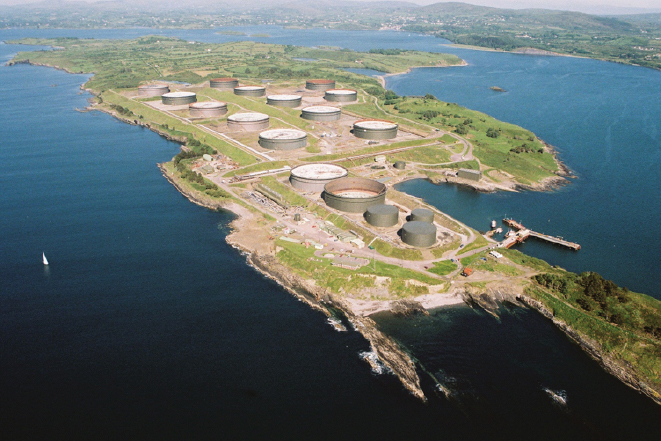By Sorcha Ní Longphuirt
If you walk along the Argideen Estuary on a summer’s day you will see, and quite possibly smell, the green seaweed bloom that covers the mudflats between April and November. These ‘green tides’, a common feature in the area for the last number of decades have been unpleasant for fisherman, tourists and locals alike who want to enjoy the coastal area. The seaweed not only causes problems for humans but can also impact on biodiversity, reduce oxygen levels in the water, and can be harmful for juvenile fish.
Opportunistic seaweed commonly called ‘Ulva’ cause these blooms. They feed on the large amounts of nutrients, mainly Nitrogen, that enter the estuary from the Argideen ‘catchment’ every year. The ‘catchment’ is the area where water is collected by the natural landscape. In a catchment, rainwater run-off will eventually flow to a, river, lake, ocean, or into a groundwater system. Recent scientific studies have shown that 95 per cent of the Nitrogen present in the estuary originates from agriculture, with waste water treatment plants and industry playing a lesser role. This is not surprising, as the Argideen catchment has one of the highest stocking rates for cattle in the country. More than three quarters of the land in the catchment area is used for grass and grazing while just four per cent is used for tillage. Nutrients alone are not, however, the only factor to consider. The sandy-mud seabed, which the Ulva attach to, the sheltered nature of the Estuary, and the large tides combine to create the perfect conditions for growth. On top of this, the weather can impact on how much algae grows each summer; for example, a lot of rain in spring will flush nutrients down the catchment and result in a large bloom.
Tackling this problem requires a multifaceted approach with scientists, farmers, lrish Water, the EPA, local government and communities coming together with the aim of improving water quality. The EPA maps the seaweed bloom each year and monitors water quality in the Estuary. This information allows us to determine the health of the system and identify if measures to reduce nutrient inputs are working. Through Teagasc’s Agricultural Catchments Programme, scientists are studying how nutrients are transported through the catchment. At the same time EPA funded researchers have applied mathematically models to determine how much we need to reduce nutrient levels to improve the health of the system. Teagasc specialists working with local farmers in the catchment have focused on updating farm management practises to improve water quality while at the same time producing high quality food. Additionally, Irish water is currently building a new Waste Water Treatment Plant and sewerage scheme for Timoleague and Courtmacsherry.
Local communities can also play a role in ameliorating water quality in their local area. Protecting and managing local streams and rivers, no matter how small, can have a knock-on effect down the catchment right to the Estuary and coast. The new local Community Water Officers can support local communities who would like to improve their local water way with technical information and funding – visit: watersandcommunities.ie to find out about the Local Authority Waters Programme. Further information on the water quality in your local catchment can be found at www.catchments.ie.



